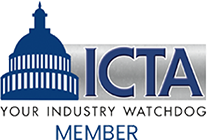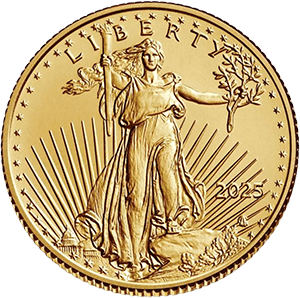Two Precious Metals, One Crucial Decision
For generations, silver has been the accessible entry point into precious metals investing — versatile, affordable, and steeped in history. Platinum, on the other hand, has often occupied an air of exclusivity: rarer, denser, and historically more expensive than gold.
In today’s evolving market, investors are asking an increasingly important question: Should I diversify beyond silver and add platinum to my portfolio?
The answer lies in understanding what makes platinum not just another metal, but a strategic hedge with unique industrial and investment appeal.
1. Platinum’s Edge in Scarcity
Platinum is one of the rarest elements in Earth’s crust — roughly 15 to 20 times scarcer than gold and over 100 times rarer than silver. Global platinum production hovers near 190 metric tons annually, compared to over 25,000 metric tons of silver mined each year.
Nearly 70% of all platinum comes from a single country: South Africa. This geographic concentration introduces both opportunity and risk. Supply disruptions — whether from labor strikes, energy crises, or political instability — can cause immediate price reactions.
Silver, conversely, is mined as a byproduct of copper, zinc, and lead. Its abundance and widespread sources make supply shocks less likely, but also limit its scarcity premium.
2. Platinum’s Expanding Role in Technology
While silver dominates the solar and electronics sectors, platinum’s industrial use is rising sharply in clean energy, automotive, and chemical industries.
Key demand drivers include:
-
Hydrogen Economy: Platinum is critical for hydrogen fuel cells — a rapidly expanding technology at the heart of the clean energy transition.
-
Automotive Catalysts: Platinum has long been used in catalytic converters, particularly in diesel vehicles. As emission standards tighten globally, demand remains robust.
-
Medical and Aerospace Applications: Its corrosion resistance and stability at high temperatures make platinum indispensable in high-performance industries.
In short, platinum’s demand is more tied to the future of innovation, while silver’s demand is often cyclical and linked to consumer electronics.
3. Historical Valuation
Historically, platinum has traded at a premium to gold, often 1.5x to 2x higher. Only in the past decade did it fall below both gold and palladium due to shifts in automotive and jewelry demand.
This reversal has created a potential value opportunity. Many analysts view platinum as undervalued relative to its historical averages and its fundamental supply-demand outlook.
Silver, meanwhile, tends to move in lockstep with gold during inflationary periods but lacks the same scarcity and industrial leverage platinum holds in emerging energy technologies.
4. Portfolio Performance and Correlation
From a portfolio strategy perspective:
-
Platinum often exhibits a lower correlation to gold than silver does, providing broader diversification benefits.
-
Silver is more volatile, often moving faster in both directions due to its dual role as an industrial and monetary metal.
For investors looking to balance volatility with scarcity, platinum serves as a stabilizing asset that can hedge against both inflation and industrial growth cycles.
It also benefits from limited above-ground reserves — most platinum ever mined still exists in use, not in storage — which makes its supply chain tighter and more price-sensitive than silver’s.
5. Accessibility and Forms of Investment
While silver coins and bars are widely available and easy to trade, platinum is becoming increasingly accessible through minted bullion coins, bars, and ETFs.
Popular examples include:
-
The American Platinum Eagle (U.S. Mint)
-
The Canadian Platinum Maple Leaf (Royal Canadian Mint)
-
Various platinum bars from refineries like PAMP Suisse and Valcambi
For long-term investors, platinum can be held within a self-directed Precious Metals IRA, just like gold and silver — offering tax-deferred growth and security of storage at an IRS-approved depository.
6. The Case for Platinum in a Modern Portfolio
In an era defined by technological transformation and resource scarcity, platinum offers investors a bridge between the old and new economies. Its role in decarbonization, advanced manufacturing, and luxury goods markets gives it a unique dual identity — both an industrial asset and a precious store of value.
Silver remains an essential component of any diversified metals portfolio, but platinum’s combination of rarity, industrial innovation, and undervaluation positions it as a compelling complement — particularly for investors seeking exposure beyond traditional gold-silver ratios.
Diversification Beyond the Familiar
The smartest investors aren’t abandoning silver — they’re enhancing their portfolios with platinum. In doing so, they position themselves for both stability and growth in the years ahead.
At American Standard Gold, our advisors can help you build a custom precious metals portfolio that balances gold, silver, and platinum according to your goals, timeline, and risk tolerance.












